Section 1: Awareness
Lorrie Moore, How to Become a Writer
Allie Brosh, The Alot is Better Than You at Everything
Brady Dennis, After the Sky Fell
Sarah Blahovec, Basic Myths about Disabilities I Can’t Believe We Still Have to Debunk
Anthony Bourdain, My Aim is True
Poetry
a. Hone Tuwhare, No Ordinary Sun
b. Lucille Clifton, won’t you celebrate with me
c. Michael S. Harper, American History
Keith Dorwick, Getting Called Fag
Kamau W. Bell, On Being a Black Male, Six Feet Four Inches Tall, in America in 2014
Zadie Smith, The North West London Blues
Bono, Because We Can, We Must—Commencement Speech at University of Pennsylvania, 2004
Section 2: Interpretation
Love Letters Written by Voltaire and Beethoven
Letter from Abigail Adams to John Adams, 29 August 1776
Letter from Emma Darwin to Charles Darwin [c. February 1839]
Zosia Bielski, Don’t You Forget About Me
Richard Rodriguez, The Achievement of Desire
John DeVore, Life in Chains: Finding Home at Taco Bell
Selections from Momsrising.org Blog Carnival
a. Sheila Arias, Sharing stories—building tolerance
b. Cyrus Habib, Inclusion and Opportunity
c. Morénike Giwa Onaiwu, Why I Decided to ‘Come Out’ of the Autism Closet
Nina Liss-Schultz, Meet the Woman Who Waged an Artistic War Against Her Street Harassers
Herbert Gans, The Uses of Poverty: The Poor Pay All
Ta-Nehisi Coates, What We Mean When We Say ‘Race is a Social Construct’
John Vidal, 10 Ways Vegetarianism Can Help Save the Planet
Isabella Tree, If You Want to Save the World, Veganism Isn’t the Answer
Section 3: Application
Damien Chazelle, Divide and Conquer: Damien Chazelle on Why You Should Make a Short First
Andrew Sullivan, Excerpts from Why I Blog
Rebecca Flint Marx, The Toxic, Abusive, Addictive, Supportive, Codependent Relationship Between Chefs and Yelpers
Menus
a. Acre, Auburn, AL
b. Sun Wah BBQ, Chicago, IL
c. COI, San Francisco, CA
Eva Sweeney, Hannah Langlie, and Julie McGinnity, Going to College with a Disability
Chelsea Murdock, Ledger Art, Tradition, and Media
Environmental Cartoons
a. Which Tie?
b. Plastic Again?!
c. Climate Summit
Coral Davenport and Campbell Robertson, Resettling the First American ‘Climate Refugees’
John McDermott, Why Conservatives Think the Gender Pay Gap is a ‘Myth’
Christina Hoff Sommers, Wage Gap Myth Exposed—By Feminists
Section 4: Conversation
Stephen King, Everything You Need to Know about Writing—in Ten Minutes
James Baldwin, The Creative Process
Combined Readings
a. Gunter Demnig, Stumbling Stones
b. Jewish Telegraphic Agency, Amsterdam Residents Sue City, Demand Removal of Holocaust Memorial Plaque
c. Janene Pieters, Amsterdam Couple Drops Lawsuit Against Holocaust Memorial Stone After Social Media Outrage
The Fine Art of Yarn Bombing, Time photo essay
Dan Barber, from The Third Plate: Field Notes on the Future
of Food
Chris Gabbard, A Life Beyond Reason
Movie Posters
a. Roma
b. On the Basis of Sex
c. Get Out
John Hockenberry, The Takeaway Interview with Supreme Court Justice Ruth Bader Ginsburg
Amanda Arnold, An All-Woman Team of Syrian Refugees has Become Canada’s Hottest New Catering Company
Randy Malamud, Berlin: The Psychogeography of Tempelhof Airport
- The text builds several strands of knowledge in the areas of writing and rhetoric, diversity, food and culture, environment and place, and social justice. These thematic strands lend themselves to in-depth research projects.
- The readings “speak to one another,” building links, teaching synthesis, and providing a flexible foundation for both course design and student topic selection.
- Interpretive reading strategies and research activities encourage scholarly habits and information literacy.
- Multimodal selections offer a variety of analytical and composing opportunities.





